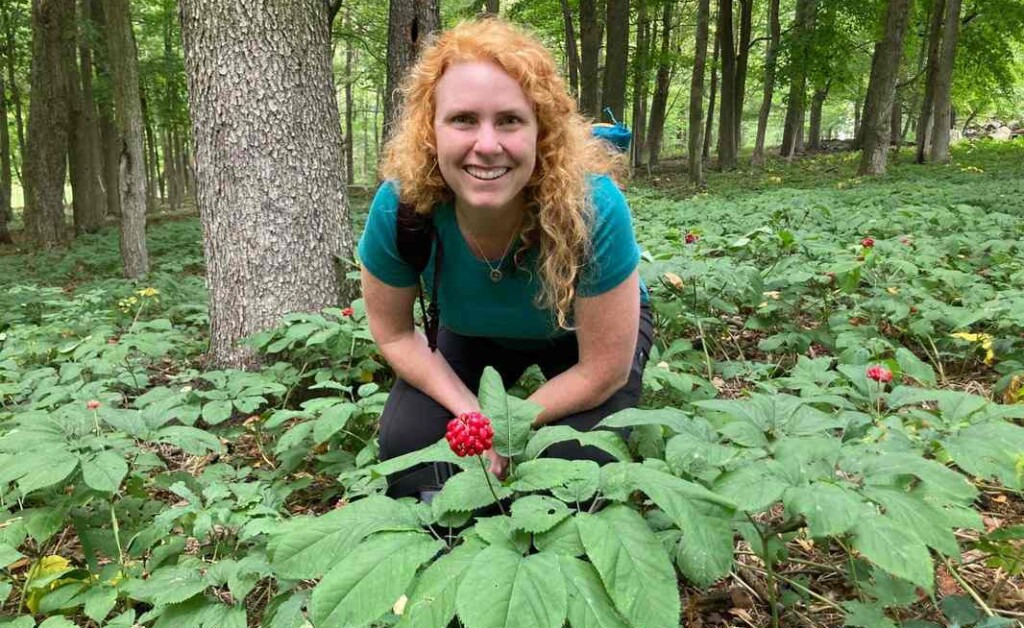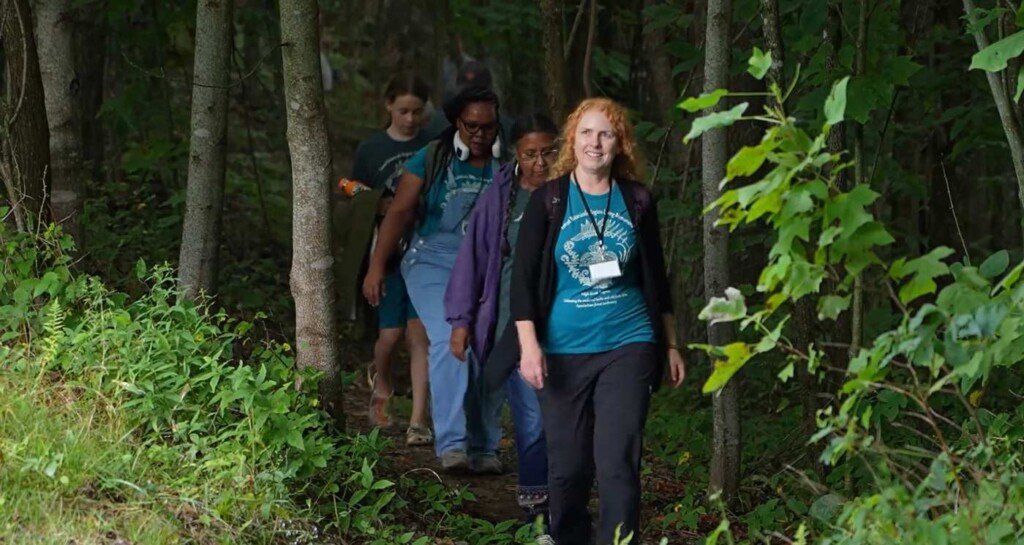
Despite the Central Appalachia ecosystem being historically famous as coal country, under this diverse broadleaf canopy lies a rich, biodiverse world of native plants helping to fill North America’s medicinal herb cabinet.
And it turns out that the very communities once reliant on the coalfields are now bringing this botanical diversity to the country.
“Many different Appalachian people, stretching from pre-colonization to today, have tended, harvested, sold, and used a vast number of forest botanicals like American ginseng, ramps, black cohosh, and goldenseal,” said Shannon Bell, Virginia Tech professor in the Dept. of Sociology. “These plants have long been integral to many Appalachians’ livelihoods and traditions.”
50% of the medicinal herbs, roots, and barks in the North American herbal supply chain are native to the Appalachian Mountains, and the bulk of these species are harvested or grown in Central Appalachia, which includes southern West Virginia, eastern Kentucky, far-southwest Virginia, and east Tennessee.
The United Plant Savers, a nonprofit with a focus on native medicinal plants and their habitats, has identified many of the most popular forest medicinals as species of concern due to their declining populations.
Along with the herbal supply chain being largely native to Appalachia, the herb gatherers themselves are also native, but because processing into medicine and seasonings takes place outside the region, the majority of the profits from the industry do too.
In a press release on Bell’s superb research and advocacy work within Appalachia’s botanical communities, she refers back to the moment that her interest in the industry and the region sprouted; when like many of us, she was out in a nearby woods waiting out the pandemic.
“My family and I spent a lot of time in the woods behind our house during quarantine,” Bell said. “We observed the emergence of all the spring ephemerals in the forest understory – hepatica, spring beauty, bloodroot, trillium, mayapple. I came to appreciate the importance of the region’s botanical biodiversity more than ever, and realized I wanted to incorporate this new part of my life into my research.”
With co-investigator, John Munsell at VA Tech’s College of Natural Resources and Environment, Bell’s project sought to identify ways that Central Appalachian communities could retain more of the profits from the herbal industry while simultaneously ensuring that populations of at-risk forest botanicals not only survive, but thrive and expand in the region.
Bell conducted participant observation and interviews with wild harvesters and is currently working on a mail survey with local herb buyers. She also piloted a ginseng seed distribution program, and helped a wild harvester write a grant proposal to start a forest farm.
“Economic development in post-coal communities often focuses on other types of energy development, like fracking and natural gas pipelines, or on building prisons and landfills. Central Appalachia is one of the most biodiverse places on the planet. I think that placing a greater value on this biodiversity is key to promoting a more sustainable future for the region,” Bell told VA Tech press.
MORE GOOD APPALACHIAN NEWS: Ex-Coal Man Flips the Script By Rallying Appalachians to Plant 187 Million Trees on Abandoned Mines
Armed with a planning grant of nearly half a million dollars, Bell and collaborators are specifically targeting forest farming as a way to achieve that sustainable future.

Finally, enlisting support from the nonprofit organization Appalachian Sustainable Development, Virginia Tech, the City of Norton, a sculpture artist team, and various forest botanicals practitioners in her rolodex, Bell organized the creation of a ‘living monument’ along Flag Rock Recreation Area in Norton, Virginia.
YOU MAY ALSO LIKE: Startup Builds 3 Huge Indoor Farms in Appalachia Turning Coal Country into Agricultural Hub
An interpretive trail, the monument tells the story of the historic uses that these wild botanicals had for the various societies that have inhabited Appalachia, and the contemporary value they still hold for people today.
WATCH Bell in her element along the monument trail below…
SHARE This Surprising History And Modern Movement In America’s Historic East…




















